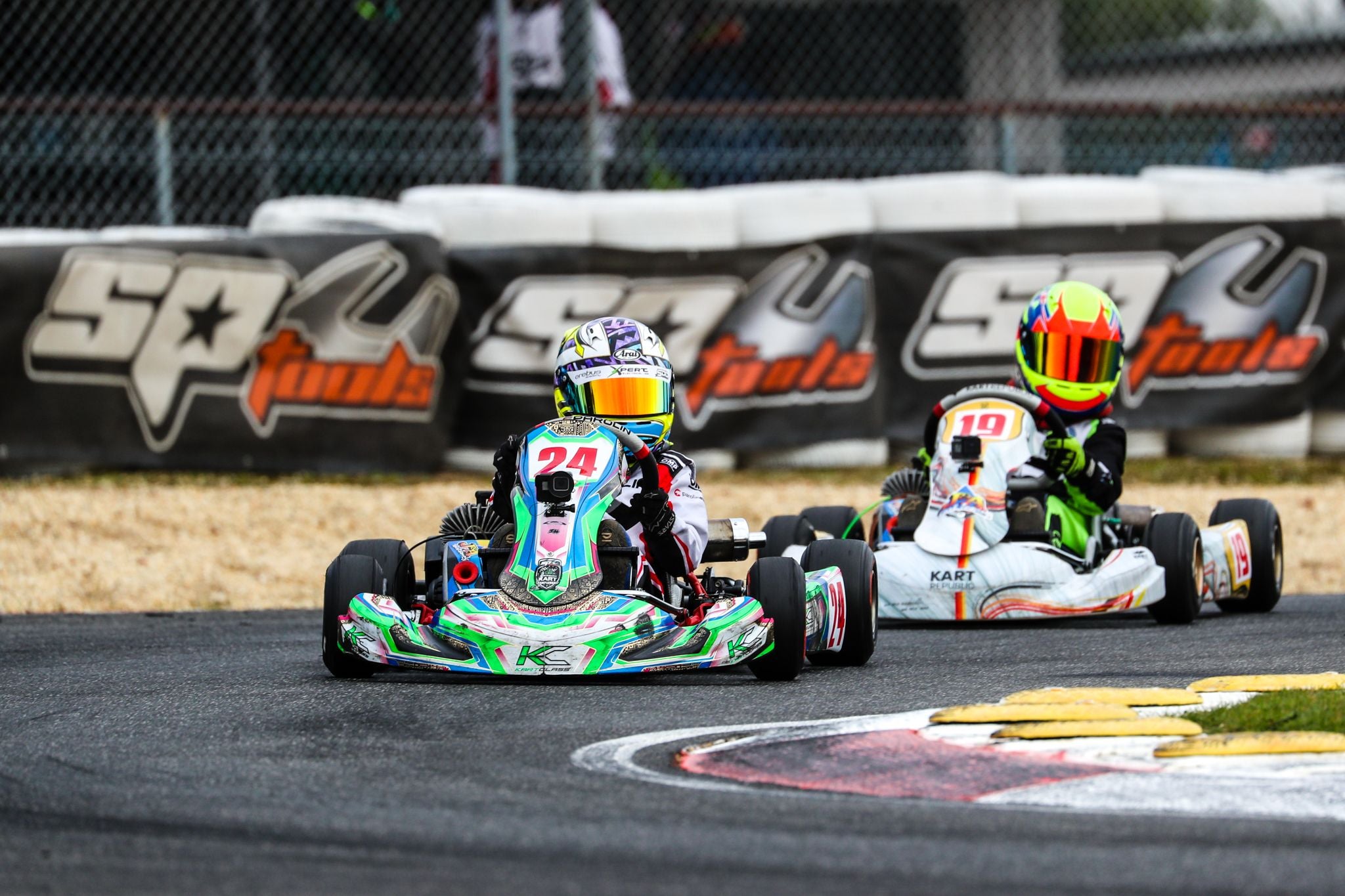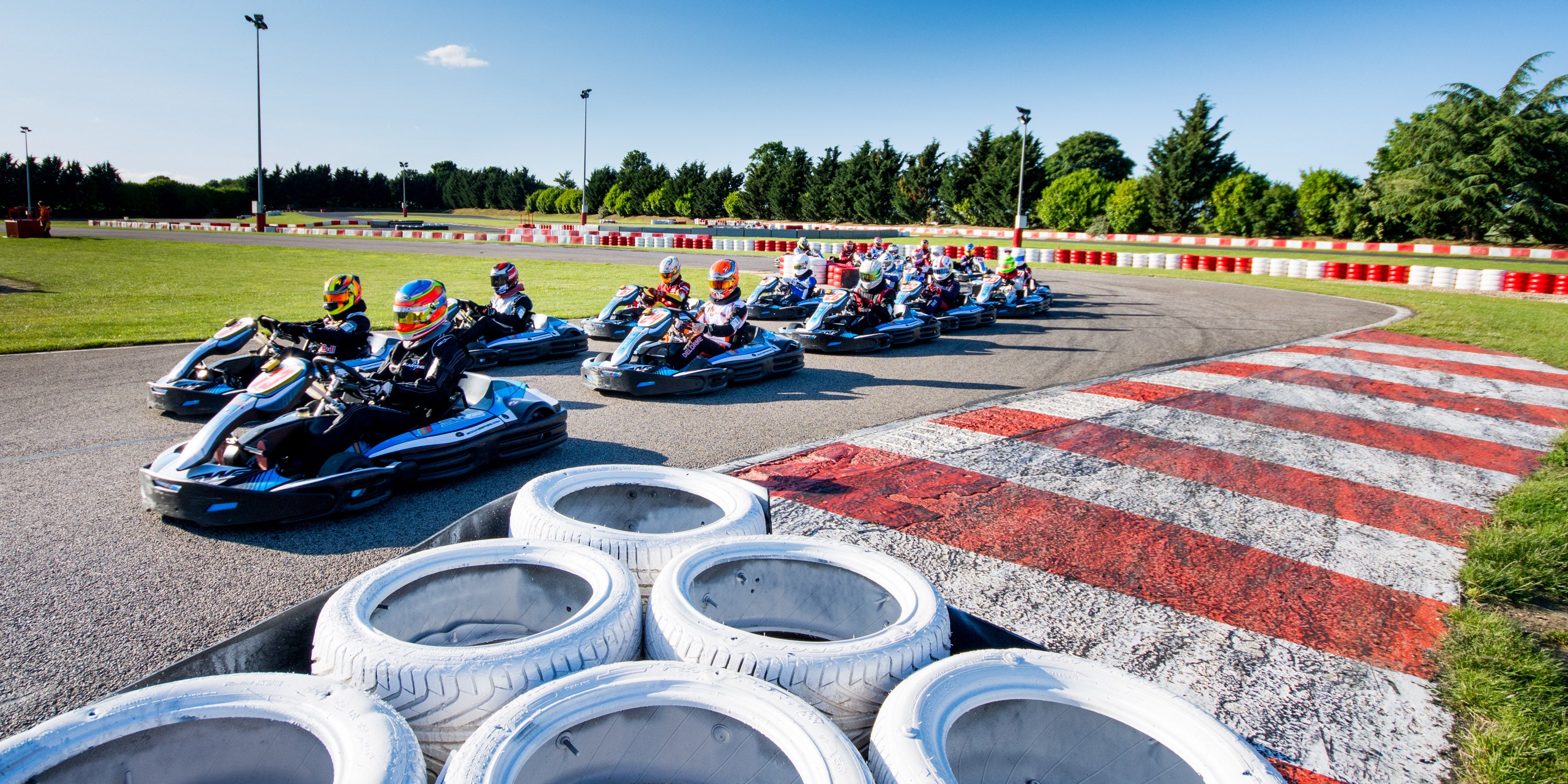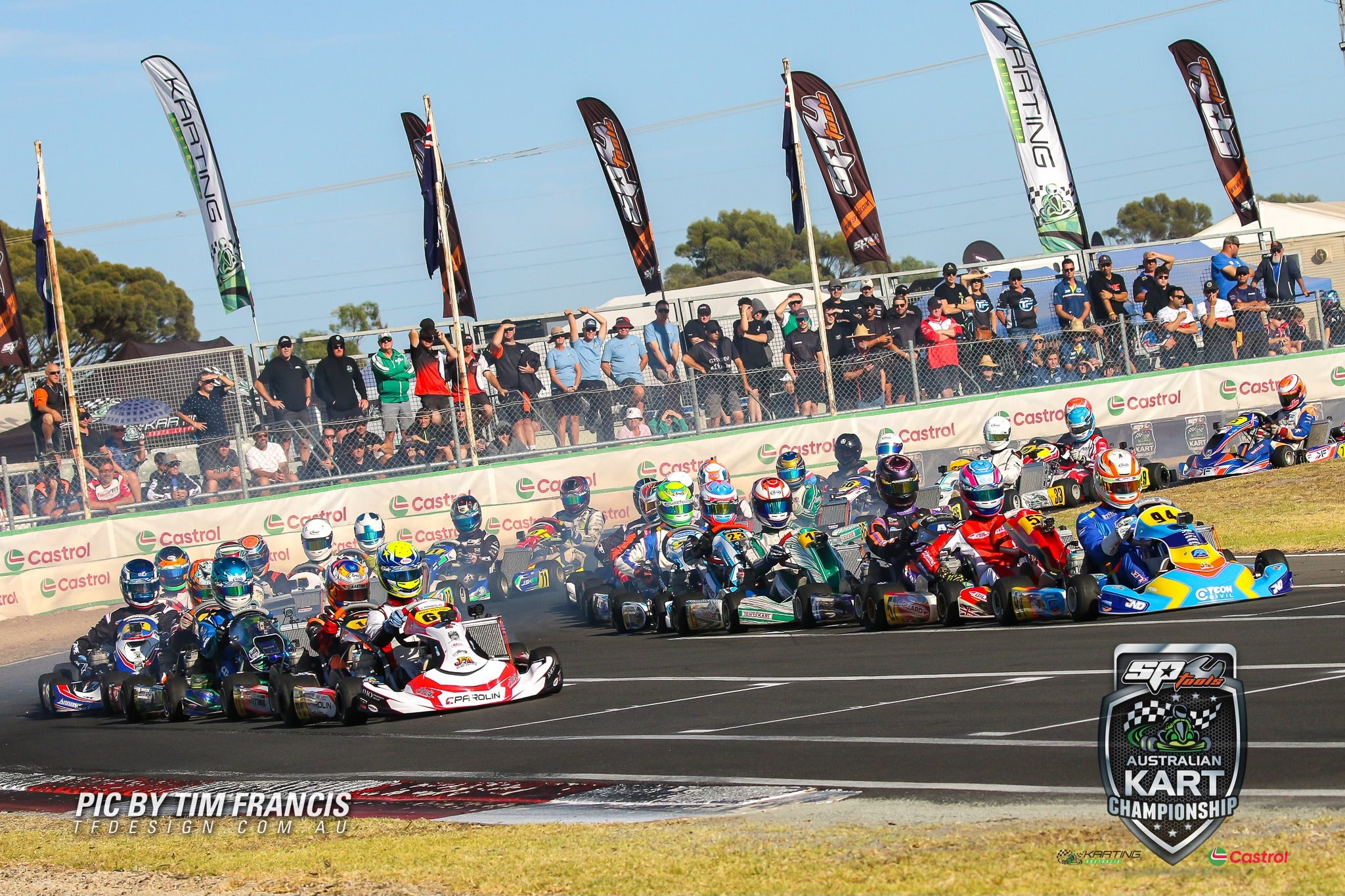Home / Blogs / A Step-by-Step Guide on Go-Kart Front Alignment
A Step-by-Step Guide on Go-Kart Front Alignment
Tuning a racing go-kart's front alignment is akin to fine-tuning the strings of a musical instrument before a performance. Just as precise tuning is crucial for harmonious melodies, optimal front alignment is essential for achieving peak performance and handling on the track. Having proper front alignment ensures stability, cornering efficiency, and tire longevity. This blog will discuss the step-by-step process of aligning the front of your go-kart, its intricacies of setting up and tuning, and exploring the different methods, techniques, and considerations that can make all the difference between victory and defeat.
Understanding Front Alignment Setup:
Before diving into the setup and tuning process, it's essential to understand the key components and parameters involved in front alignment:
Toe Angle: Toe angle refers to the deviation of the front wheels from the centerline of the go-kart. It can be adjusted to achieve toe-in (wheels pointing inward) or toe-out (wheels pointing outward). Toe angle significantly influences cornering behavior, straight-line stability, and tire wear. A slight toe-out (front of the wheels further away) is typically preferred for stability and better cornering
Camber Angle: Camber angle measures the tilt of the wheels concerning the vertical axis of the go-kart. Positive camber means the top of the wheels leans outward, while negative camber indicates inward tilt. Camber adjustment affects tire contact patch and cornering grip, with optimal settings varying based on track conditions and driving style. Keep in mind that excessive camber can lead to uneven tire wear, so make sure to adjust accordingly, but not to any extremes whatsoever.
Caster Angle: Caster angle defines the tilt of the kingpin concerning the vertical axis of the go-kart when viewed from the side. Positive caster tilts the kingpin backward, promoting self-centering and straight-line stability, while negative caster enhances responsiveness during cornering. Caster angle influences steering effort, stability, and cornering characteristics.
Adjusting Toe, Camber, and Caster:
Toe Adjustment: Adjust toe angle by altering the tie rod lengths or adjusting the steering column. For toe-in, decrease the distance between the front of the wheels, while for toe-out, increase the distance. Make incremental adjustments and recheck measurements until the desired toe angle is achieved. To make the adjustments, start by loosening the lock nuts on the tie rods using a wrench. From there, rotate the tie rods to achieve the desired toe angle, referring to your kart's specifications or personal preference. Finally, make sure to tighten the lock nuts to secure the adjustment. For kart racing, 1-2 mm increments is all that’s required to feel the change.
Camber Adjustment: Adjusting camber angle involves changing the camber settings on the spindle mounts or using adjustable camber plates. Fine-tuning camber settings based on track conditions and tire behavior, will ultimately affect the tire contact patch and its cornering grip. To set camber, use laser aligners to measure the current camber angle. Next, adjust the kingpin bolts or spindles to achieve the desired camber angle, typically slight negative camber for better cornering grip. It is important to ensure both sides are adjusted evenly to maintain symmetry. For the cherry on top, never forget to tighten the bolts securely once the desired camber is achieved.
Caster Adjustment: Caster angle refers to the angle of the kingpin when viewed from the side. It affects steering feel and stability. While caster adjustments may be limited on some go-karts, you can often fine-tune it for optimal performance. Adjust caster angle by repositioning the kingpins or adjusting caster settings on the chassis. Balance the trade-off between straight-line stability and cornering responsiveness, considering driver feedback and track characteristics. To do this, start by using a laser aligner to measure the current caster angle. Next, adjust the caster angle by repositioning the caster pill on the top of the C section, and some karts have a bottom adjuster also.
And that concludes our blog on go-kart front alignment, from what it does, what adjustments can be made, and what effects they have in relation to the go-kart. Mastering front alignment is essential for maximizing the performance and handling of your go-kart on the track. By following this step-by-step guide, you can confidently align the front of your go-kart, ensuring optimal stability, cornering efficiency, and tire longevity.
There are many facets of racing that can get very overwhelming. But fear not, because Kart Class has the ideal program for you. Our Kart Setup Program not only goes in depth with front end alignment, but we also dive into seat positions, axles and ride height adjustments. Led by 18-time Australian karting champion David Sera, our wide selection of programs, catered to your karting needs will most certainly take your driving and elevate it to the next level.


